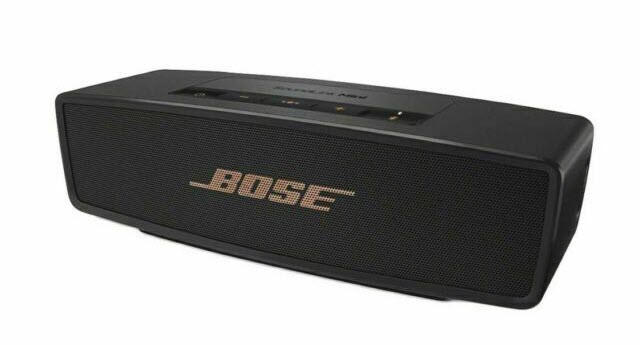
Your Bose speaker is connected to the computer but there’s no sound? You may feel frustrated and wonder why. This type of issue can be caused by improper connection, sound settings or a faulty device driver, but don’t worry. To get your Bose speaker back up and running, here are 5 easy & quick fixes for you.
Try these fixes:
You may not try them all. Just work your way down the list until you find the one that works for you.
- Check the connection
- Set the Bose speaker as default
- Update your device drivers
- Install all Windows updates
Fix 1 – Check the connection
Before moving on to some more complicated workarounds, first make sure your Bose speaker is indeed connected properly to the computer. Below we’ll show you how to do a basic check for both the Bluetooth speaker and the wired ones.
If you use a Bluetooth speaker
To troubleshoot a wireless speaker, you should check if it’s successfully paired in the Bluetooth settings, and simply re-establish the connection to see if that gets the device working.
- Click the Start button and type bluetooth in the search bar. Then click Bluetooth and other devices settings.
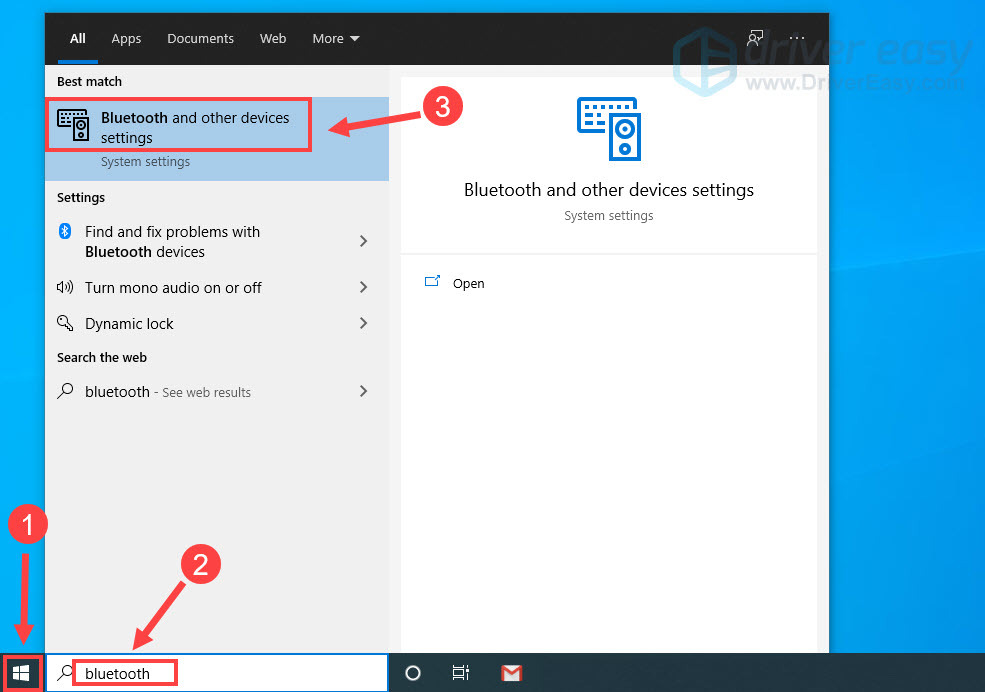
- Make sure your Bluetooth switch is set to On.
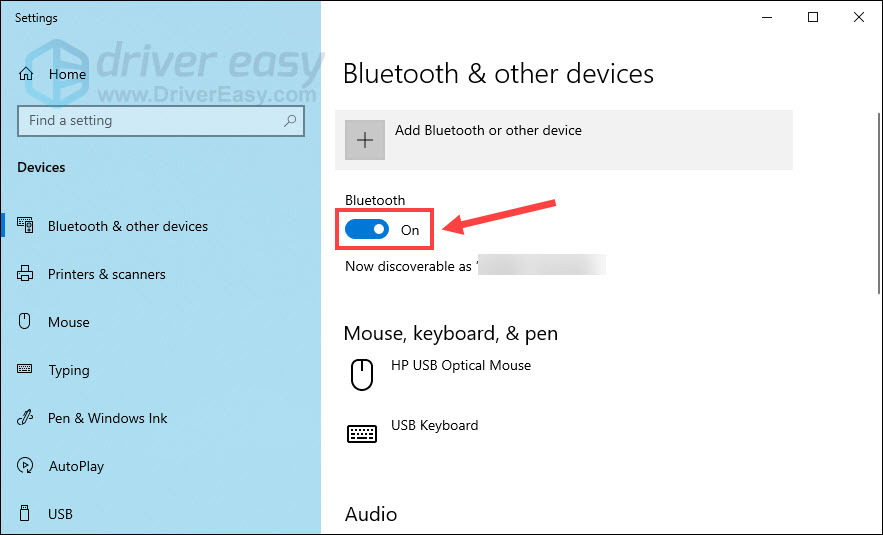
- If your Bose speaker is listed under the Audio section, click it and click Remove device.
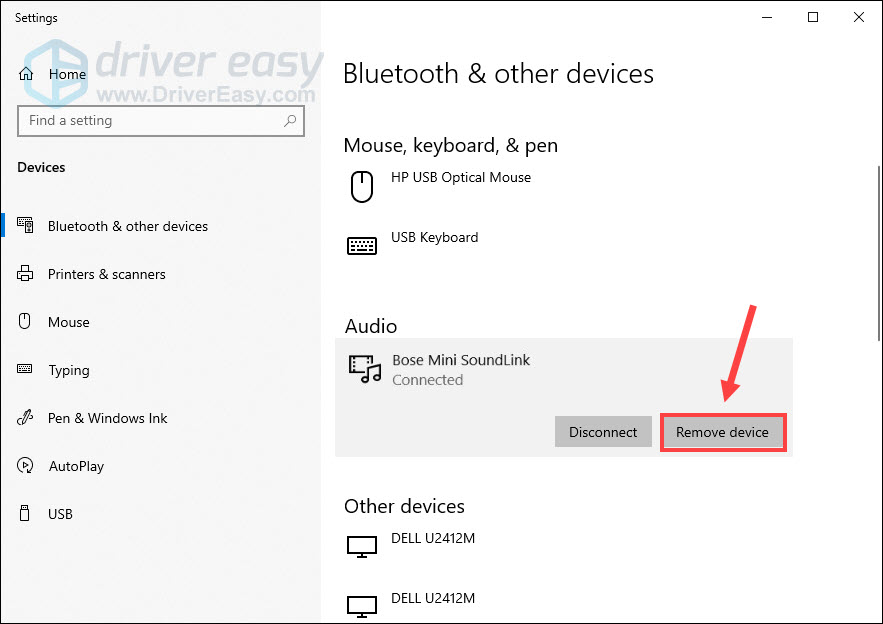
- Toggle off the Bluetooth button and turn it back on after a few seconds.
- Click Add Bluetooth or other device.

- Click Bluetooth. After the searching completes, select Bose speaker from the results to pair it with your computer.
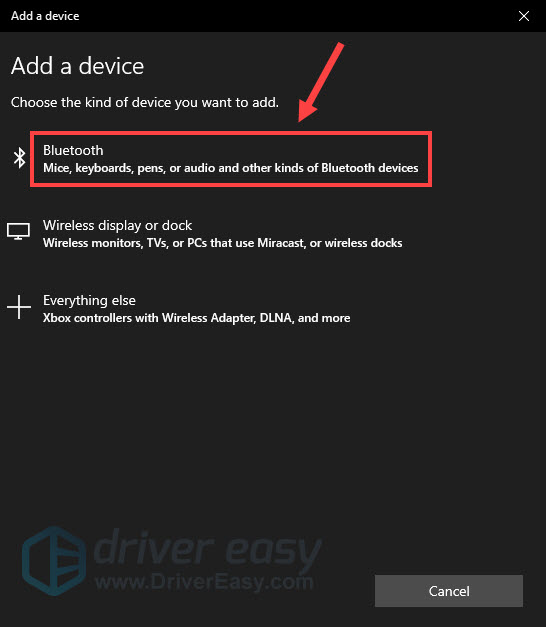
If you connect the speaker via USB
- Disconnect the speaker and reconnect it to another USB port on the computer. And USB hubs are not recommended so as to avoid issues with the group of USB jacks or other devices connected.
- Reboot your computer to resolve the minor processing issues with the machine.
If the methods above don’t help, consider resetting your speaker. The reset process may vary on different models, you could refer to the manual for further instruction.
Fix 2 – Set the Bose speaker as default
After you connect the Bose speaker to the computer correctly, it should be detected and set as the output device by default. But there are occasions when the speaker isn’t set up properly, and you’ll have to tweak the settings manually.
- On your keyboard, press the Windows logo key and R at the same time to invoke the Run command. Then type mmsys.cpl in the field and click OK.

- On the Playback tab, make sure your Bose speaker is enabled (there should be a green checkmark). Then select the speaker and click Set Default.
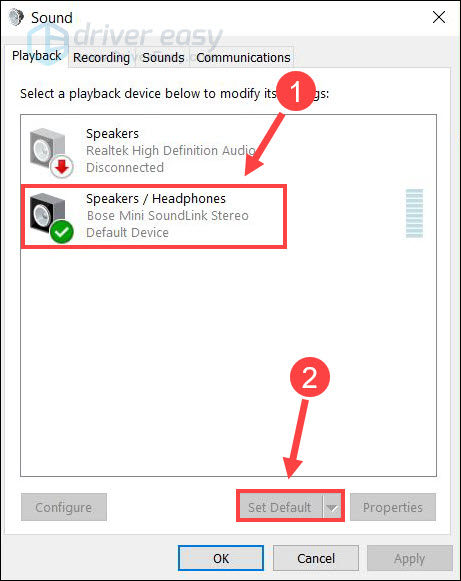
- Click OK to save the changes.

Now check if the Bose speaker works perfectly on Windows. If not, take a look at the fixes below.
Fix 3 – Update your device drivers
Common audio issues such as Bose headset or speaker not working are usually caused by faulty or outdated audio drivers. So the regular driver update is necessary to keep your gear in tip-top condition. If you’re using Bluetooth audio devices, you should also update your Bluetooth driver.
There are mainly two ways you can get the latest device drivers:
Manually – If you’re familiar with computer hardware, you can visit the device/PC manufacturer’s websites and download the most recent driver corresponding with your system. Once done, double-click the file and install the driver manually.
Automatically (recommended) – If you don’t have the time, patience or computer skills to update the drivers one by one, you can do it automatically with Driver Easy.
Driver Easy will automatically recognize your system and find the correct drivers for it. You don’t need to know exactly what system your computer is running, you don’t need to risk downloading and installing the wrong driver, and you don’t need to worry about making a mistake when installing.
You can update your drivers automatically with either the FREE or the Pro version of Driver Easy. But with the Pro version it takes just 2 clicks:
- Download and install Driver Easy.
- Run Driver Easy and click the Scan Now button. Driver Easy will then scan your computer and detect any problem drivers.
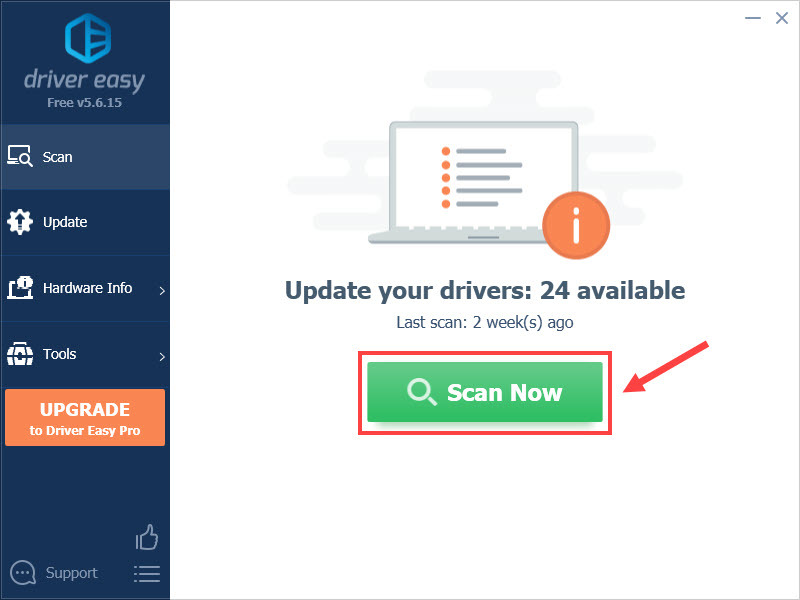
- Click Update All to automatically download and install the correct version of all the drivers that are missing or out of date on your system (this requires the Pro version – you’ll be prompted to upgrade when you click Update All).
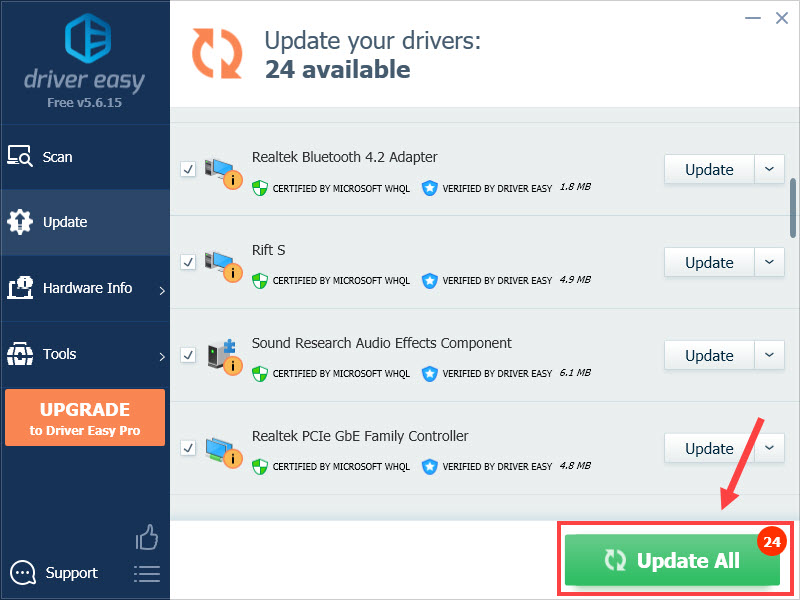
After updating the drivers, reboot your computer and test the issue. If the problem persists, try the last fix below.
Fix 4 – Install all Windows updates
Windows updates is critical for the functioning of your operating system. It can not only protect your computer from malware or hackers but also address bugs and fix incompatibility issues. You could install the latest Windows updates to see if that helps your case.
Here are the steps:
- Type check for updates in the Windows search box and click Check for updates.
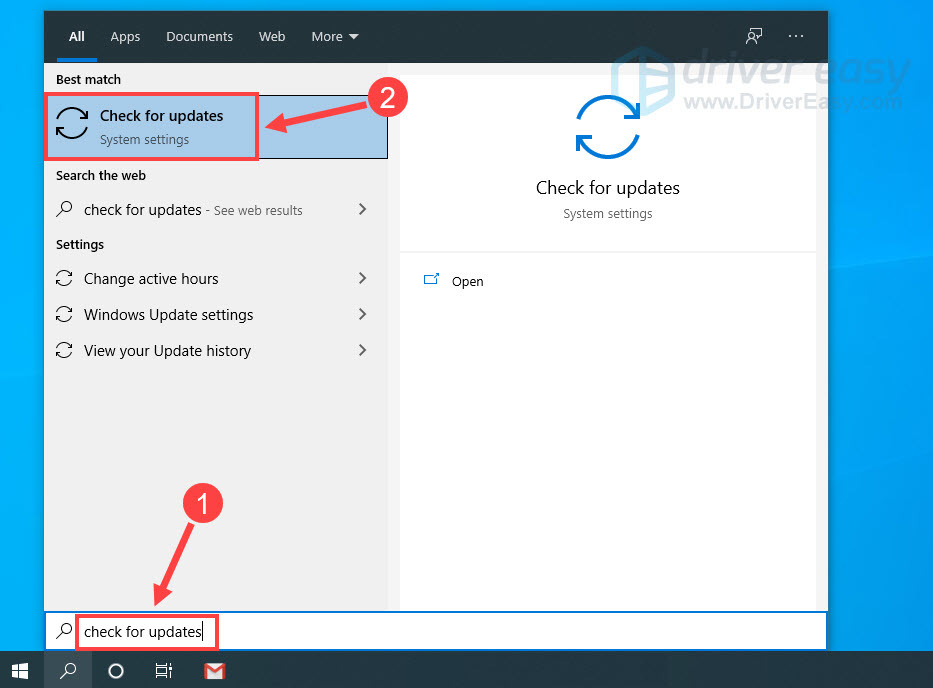
- Click Check for updates. The available updates will be automatically downloaded and installed.
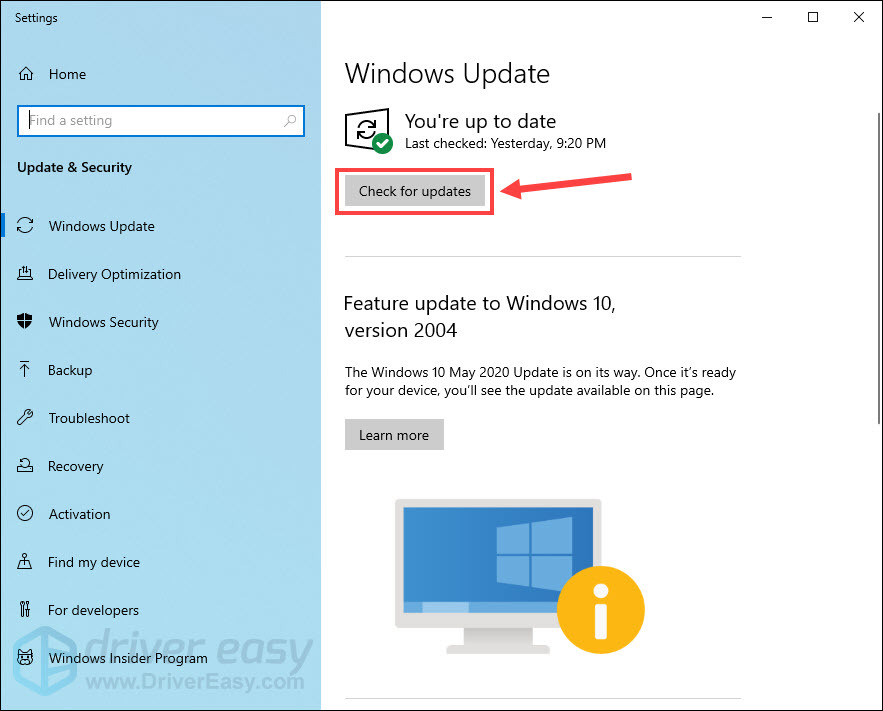
Once done, restart your computer for the changes to take full effect, and your Bose speaker should return to normal now.
Hopefully one of the methods above resolves the Bose speaker not working issue. If you have any questions or suggestions, please feel free to leave a comment below.





